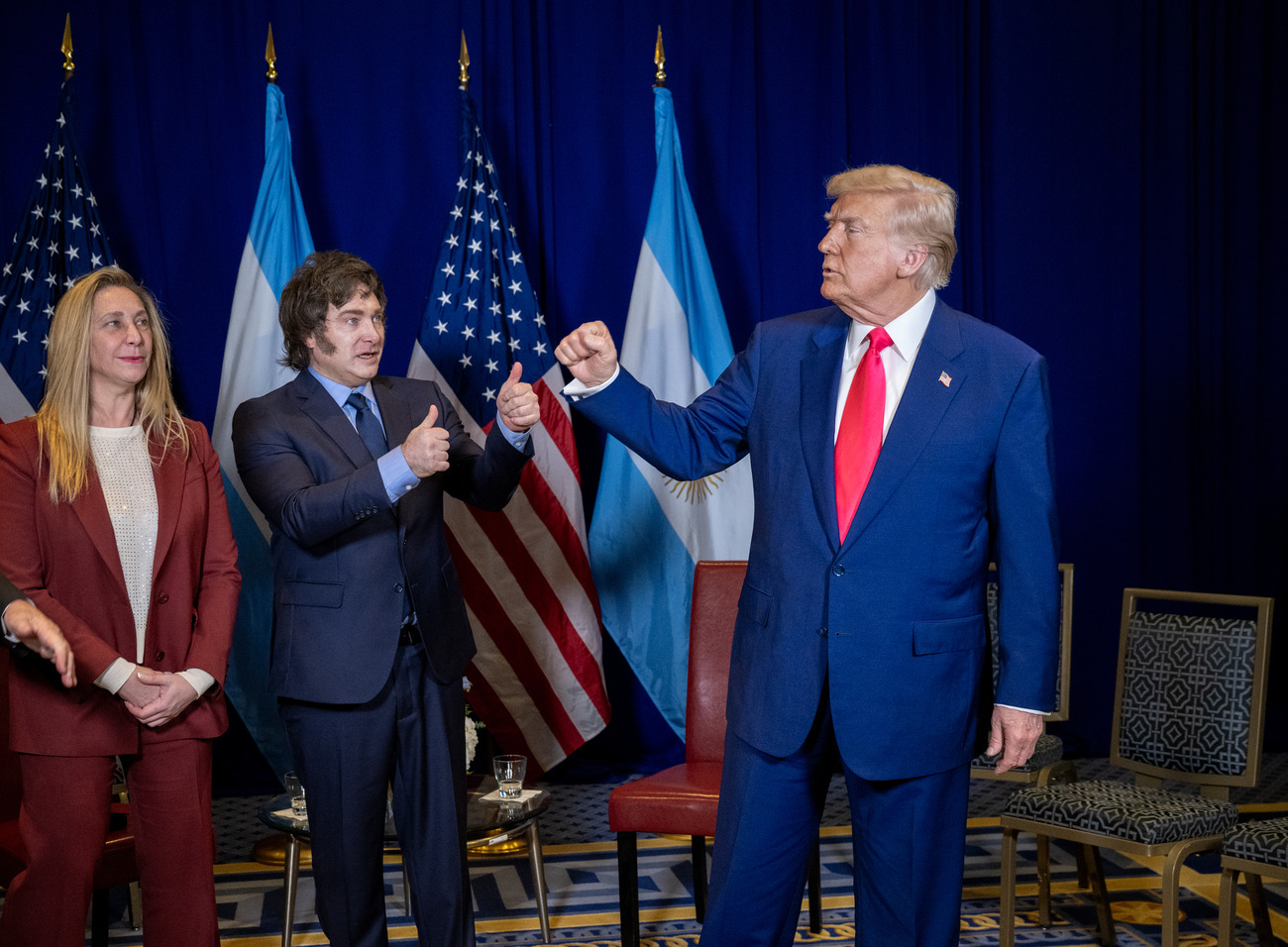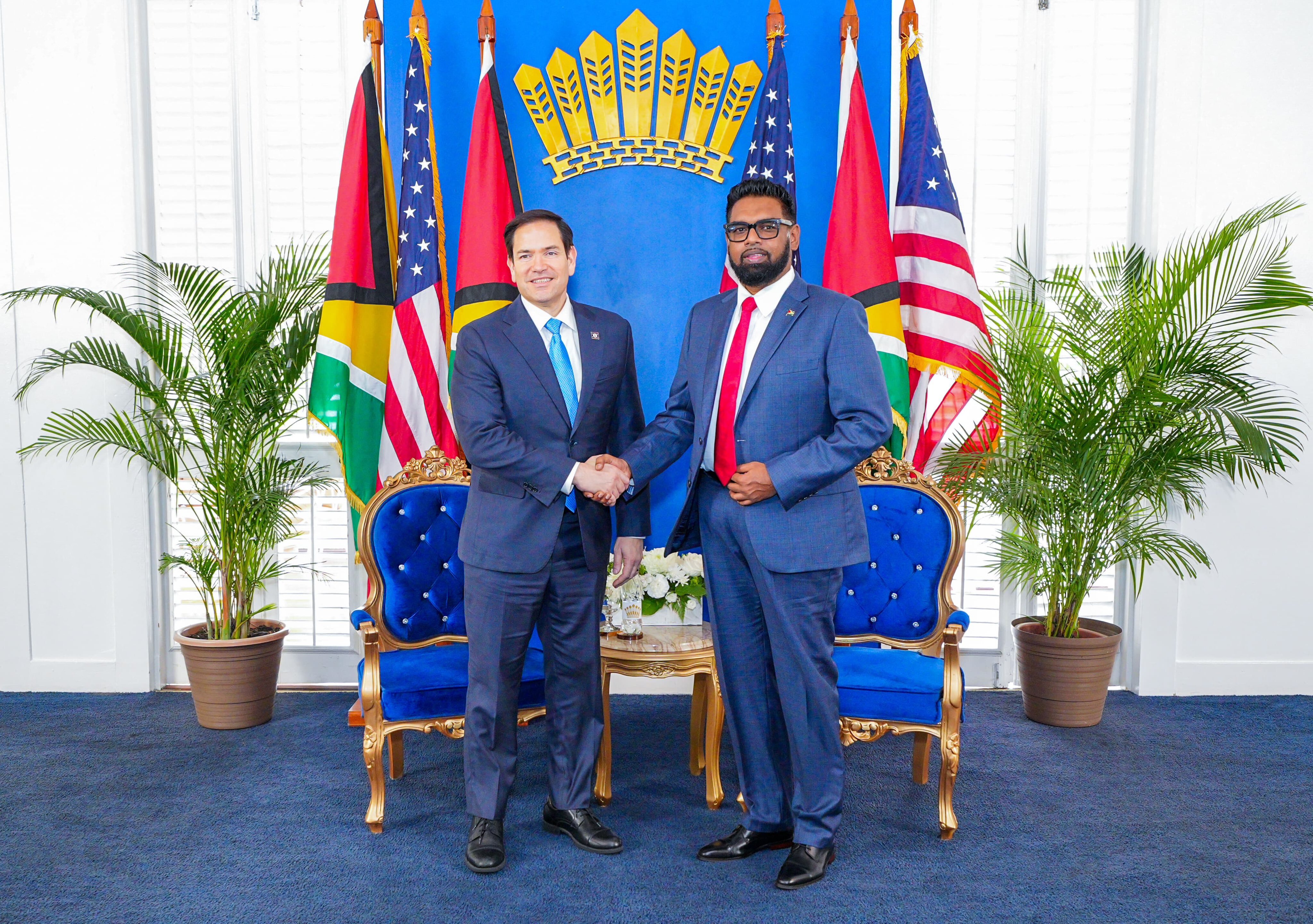Caribbean Promised Billions in Chinese Investment
Caribbean Promised Billions in Chinese Investment
During a Caribbean-Chinese trade summit held in Port-of-Spain this month, Beijing offered the region billions in aid. The move gives China leverage to win diplomatic recognition from a handful of Caribbean countries still recognizing Taiwan as the seat of Chinese power.
China continues to seek ways to boost Caribbean ties. During the Third China-Caribbean Economic and Trade Cooperation Forum, held earlier this month in Trinidad and Tobago, the Chinese government announced $6.3 billion worth of investment in the region, including $1 billion in preferential loans for infrastructure construction. These investments come with trade rising astronomically between the Caribbean and China over the past decade, and China fast becoming a major trading player in the region. However, China’s interests in the Caribbean go beyond the purely economic. With the region a traditional source of support for Taiwan, China’s use of “dollar diplomacy” provides a tool to gain support for its One-China Policy.
Various Caribbean heads of state, Chinese Vice Premier Wang Qishan, and a 200-member delegation of government officials and businessmen attended the two-day trade summit, held September 12 and 13 in Port of Spain. On top of $1 billion in preferential loans, the Chinese government announced a donation of $1 million to the Caribbean Development Fund, offered training opportunities for 2,500 Caribbean nationals, and post-graduate educational opportunities in China. Beijing also agreed to develop disaster preparedness and Chinese tourism in the Caribbean. Also this month, a Chinese hospital ship known as the “Peace Ark” embarked on a tour of Cuba, Jamaica, Trinidad and Tobago, and Costa Rica.
China’s largesse comes at a time when the Caribbean region feels the effects of economic woes hitting the United States and Europe. While the EU and U.S. economic slowdown hinders Caribbean growth, bilateral trade with China has grown at an average of 24 percent a year to over $2 billion in 2010, with an increase of 253 percent over the last six years, said Chinese Vice Minister of Commerce Wang Chao, quoted in the Jamaica Gleaner. Figures from a 2010 Economic Commission for Latin America and the Caribbean report state that, should trade continue to grow at this rate, China will surpass the Eurozone as the region’s second biggest trading partner by 2014.
But China’s interest in the region is as much political as economic, given an ongoing dispute with Taiwan over which country represents the seat of the Chinese government. Of the 23 countries that still recognize Taiwan as such, 11 are located in Central America and the Caribbean—and six in the latter region alone. Dr. Adam Wu of the China Business Network said in August that while lack of diplomatic relations has not prevented Chinese investment in the region before, “those countries that do the right thing will be able to attract even more investment.” The countries that changed their posture over the last decade—the Bahamas, St. Lucia, Dominica, and Grenada—often received large amounts of Chinese aid in return (St. Lucia switched back to recognizing Taiwan in 2007).
Chinese investment in the region—estimated at $7 billion in 2009—has largely focused on the extraction of natural resources from countries such as Guyana, Jamaica, and Trinidad and Tobago. However, recent Chinese investments focused more on direct aid and tourism, such as their commitment of $2.4 billion for a resort in the Bahamas, allowing many resource-poor Caribbean islands to profit as well. With the Boston Consulting Group predicting the number of Chinese tourists will double over the next decade , the region could stand to profit from such investments. However, some, like the head Trinidadian Joint Consultative Council Afra Raymond, complain about past Chinese projects in his country, stating: “Chinese contractors came here with Chinese laborers and Chinese fittings, and we still have to continue paying for those projects.” But, as economic agreements forged at the recent summit indicate, the region may be pegging future hopes on the economic giant.
Learn more:
- Official website of the 3rd China-Caribbean Economic and Trade Cooperation Forum
- Read the World Bank report “Latin America and the Caribbean’s Long-Term Growth: Made in China?”








